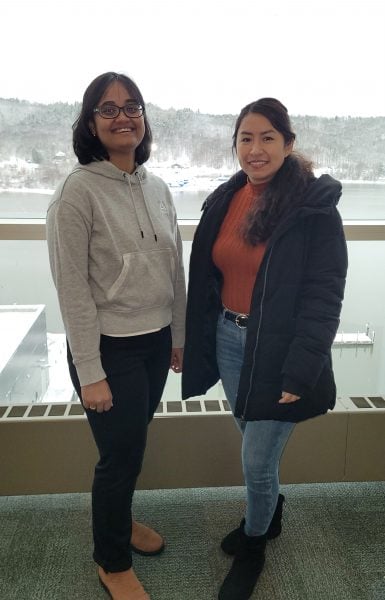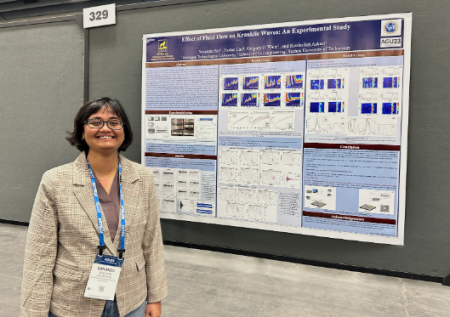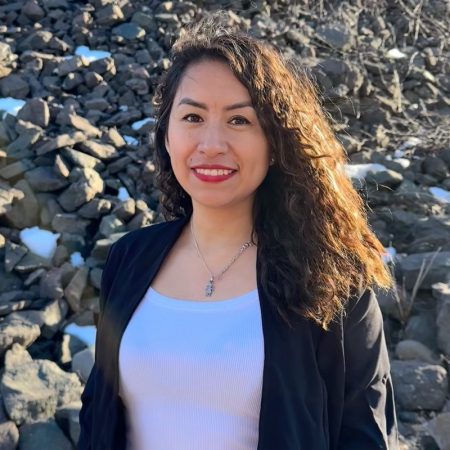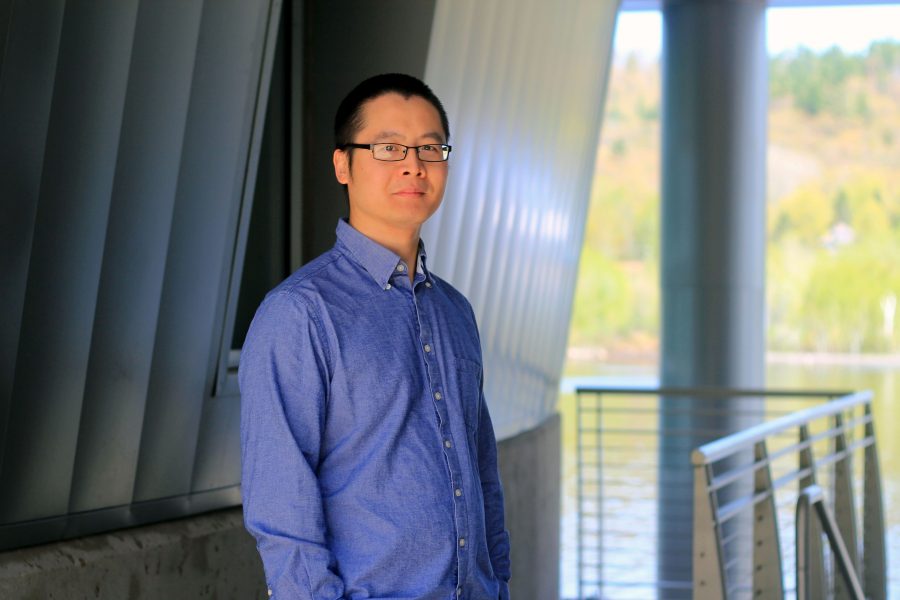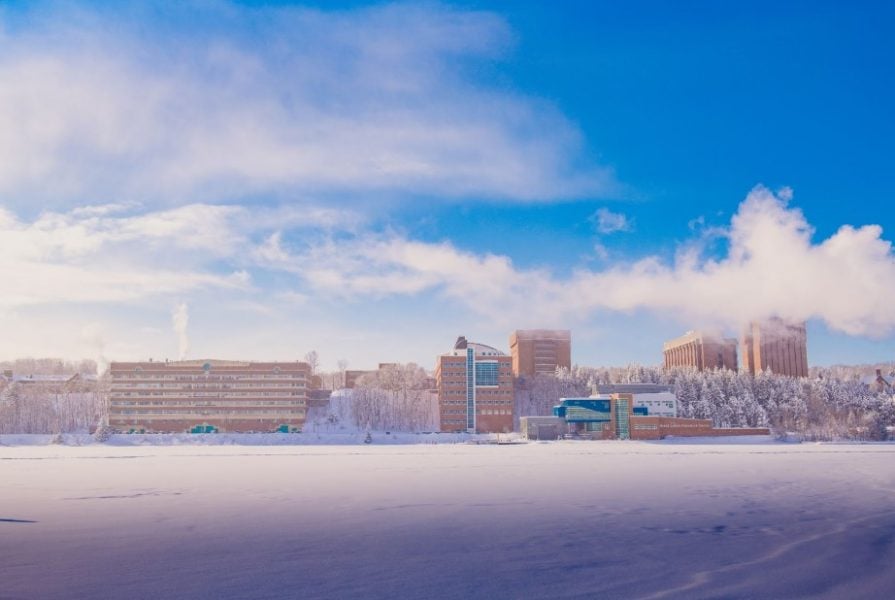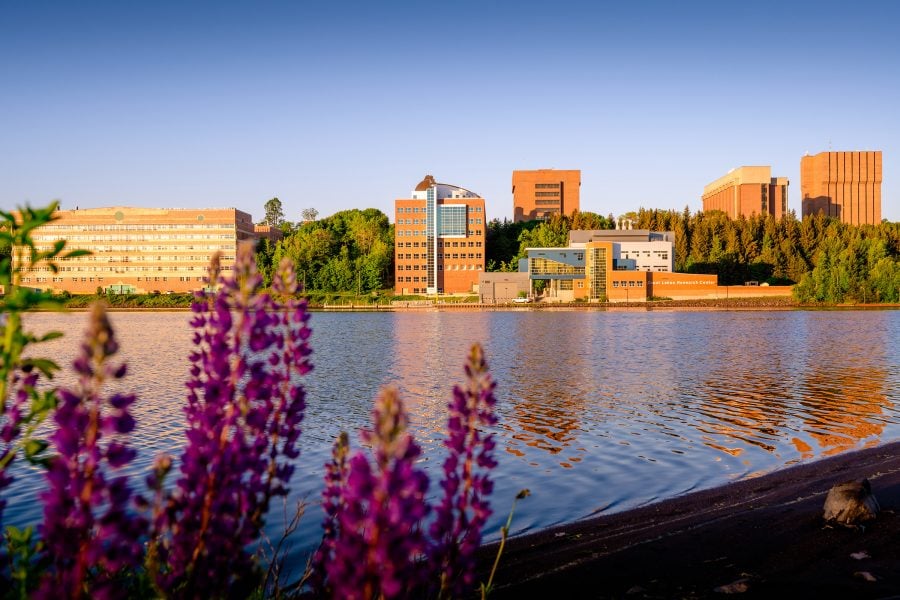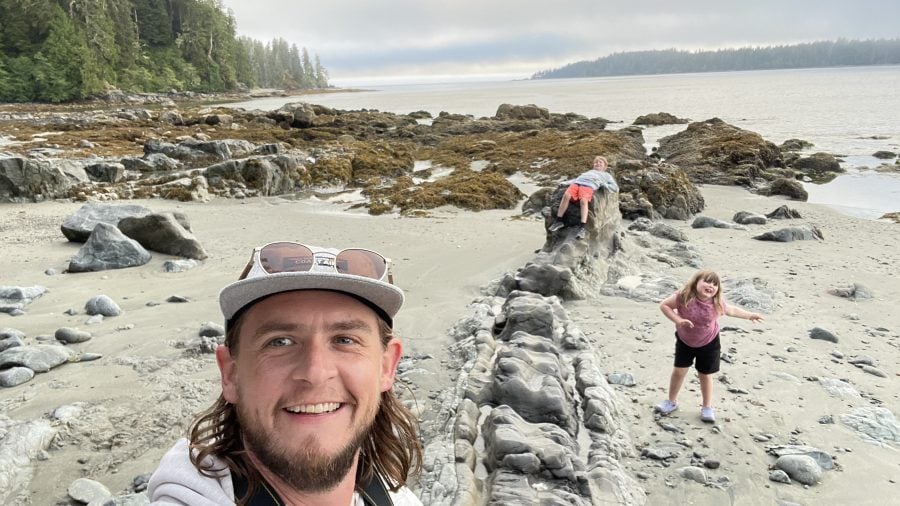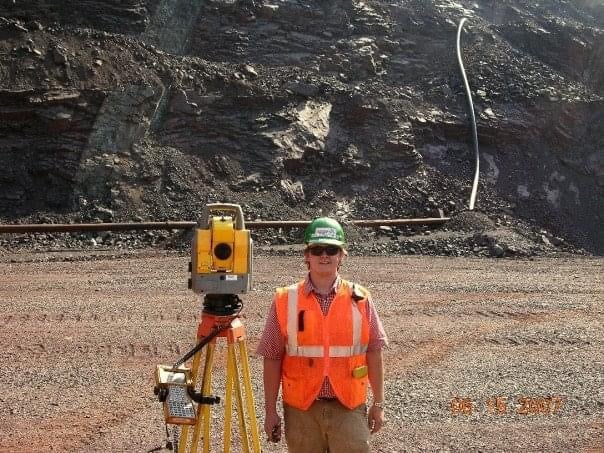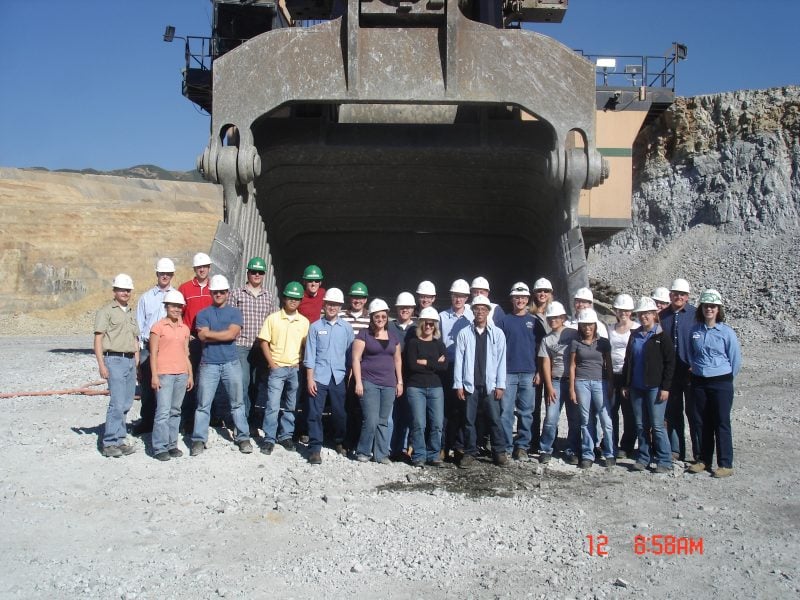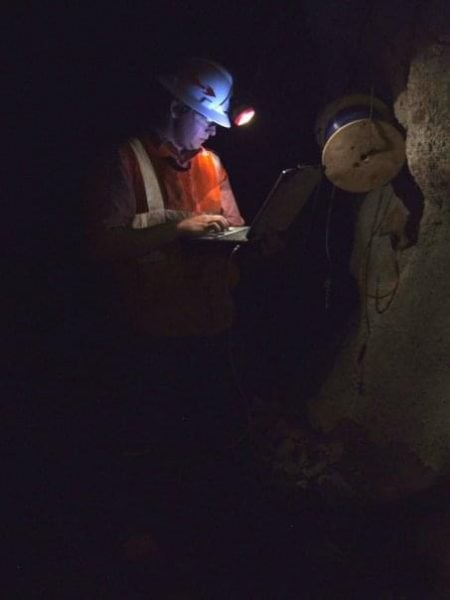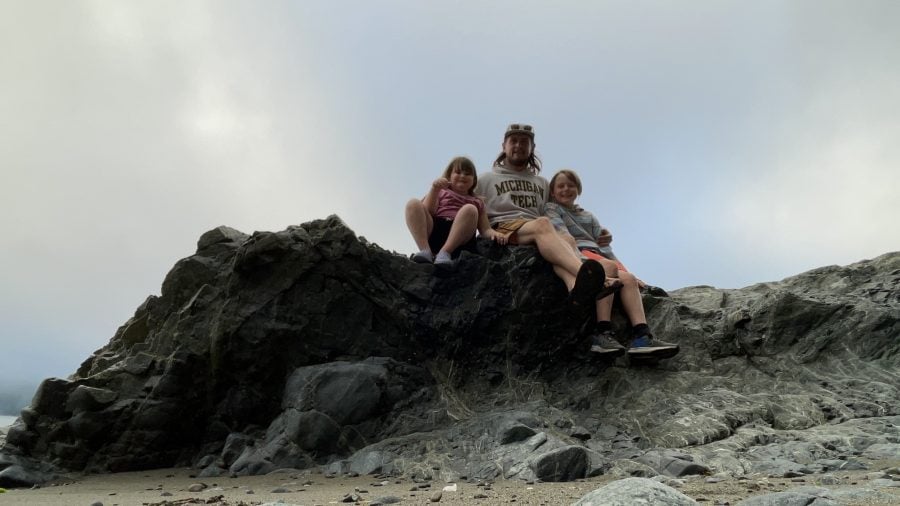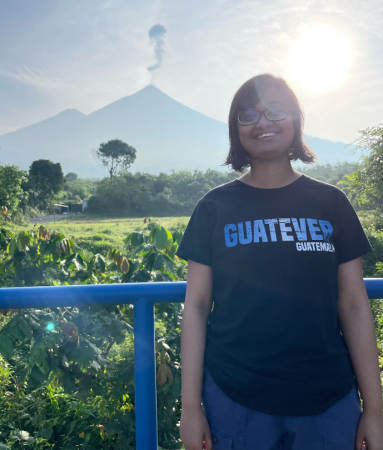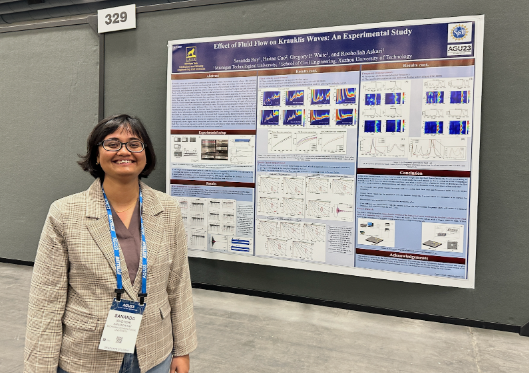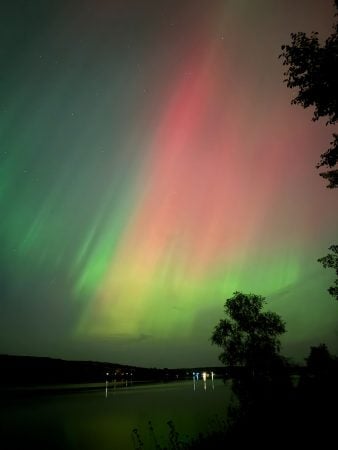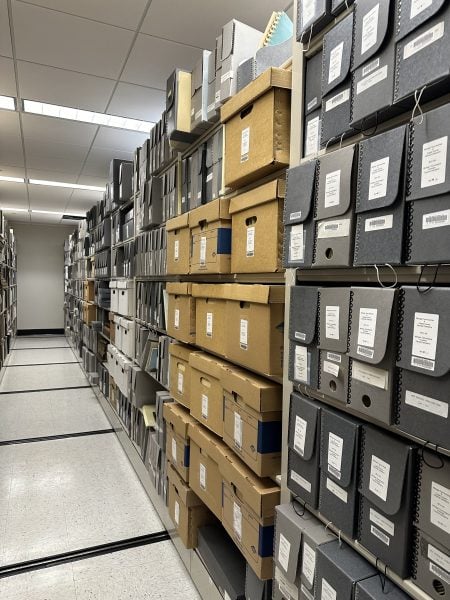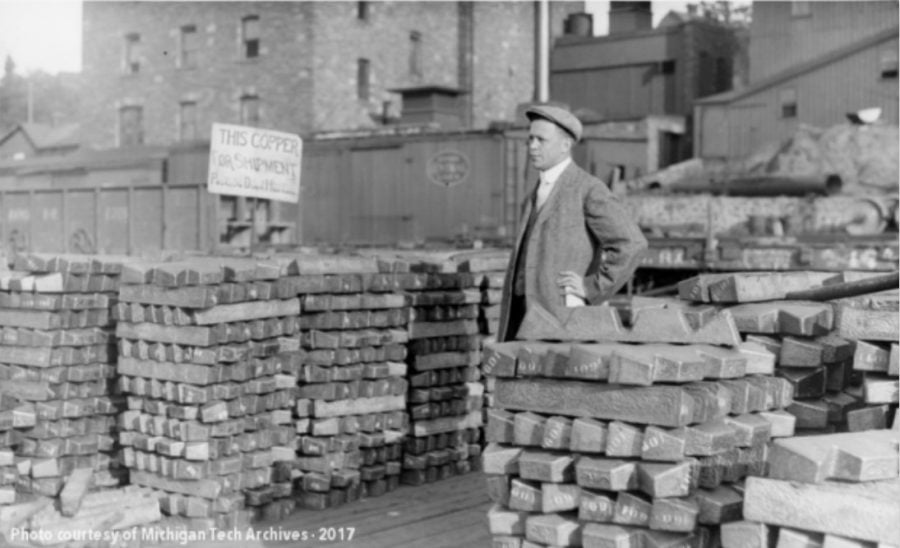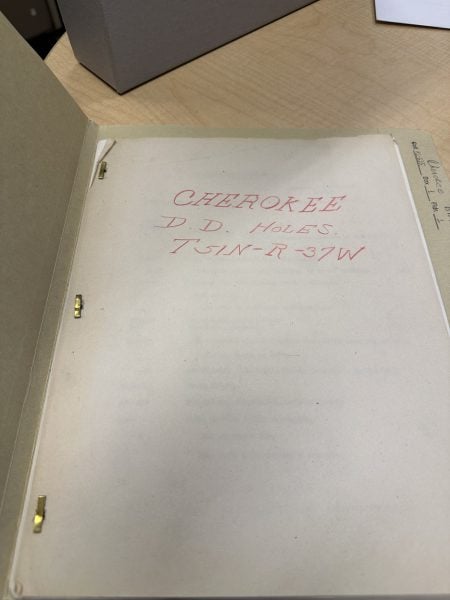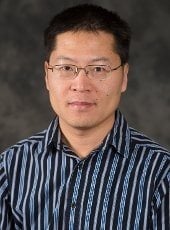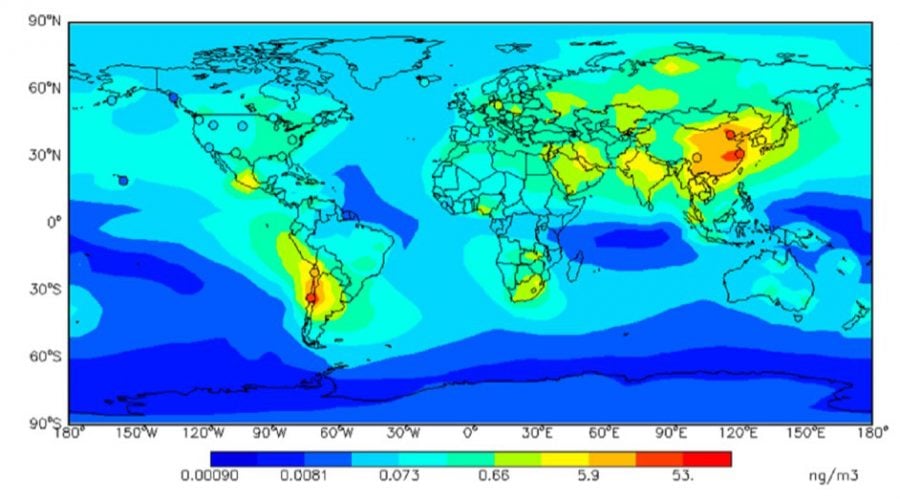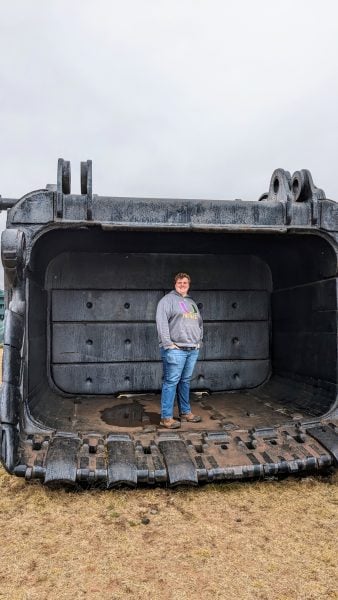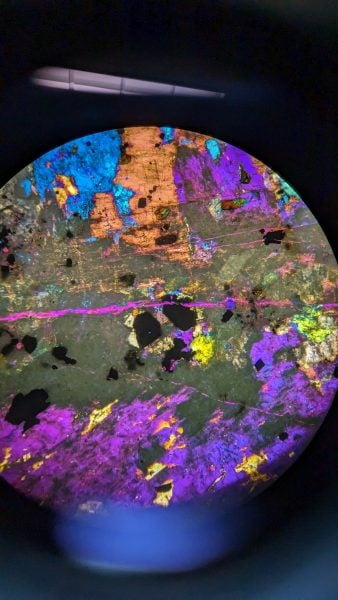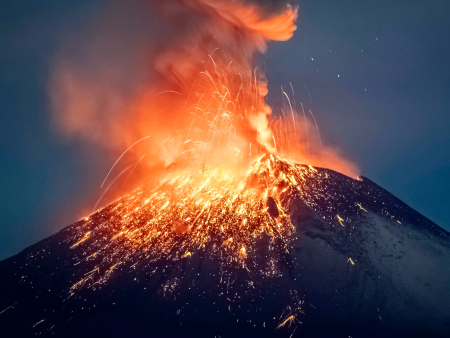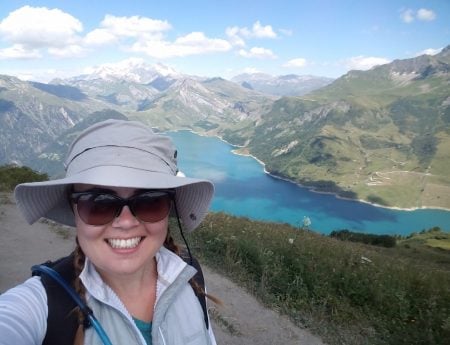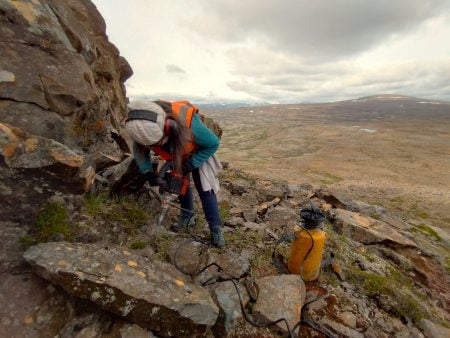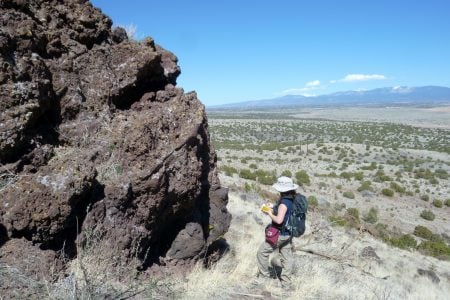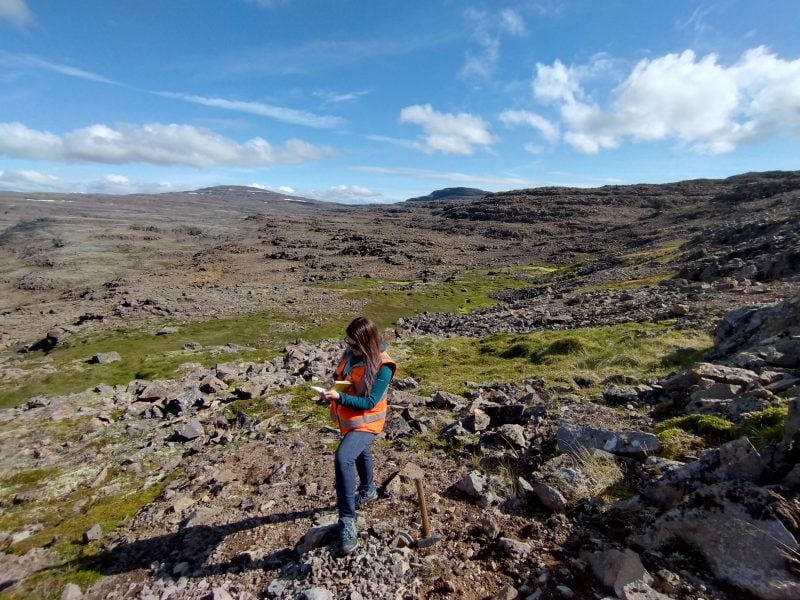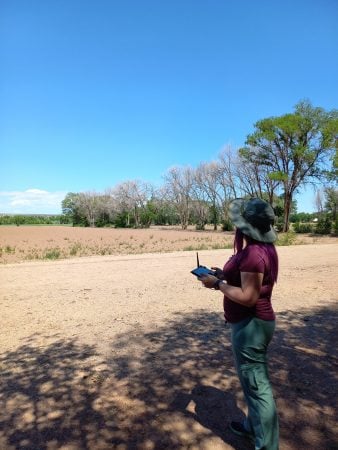Sananda Ray received the Outstanding Graduate Teaching Award, recognizing her teaching performance for Computational Geosciences (GE3250) in the spring 2024 semester. Sananda is a Ph.D. candidate in geophysics with plans to graduate next year under the guidance of her advisor, Radwin Askari. She joined us in the summer of 2021 from Cooch Behar, India. She shares some of her insights on MTU in this Q&A. View her publications at this link.
Jhuleyssy Liesseth Sánchez Aguilar has been awarded the Dean’s Award for Outstanding Scholarship, which recognizes her exceptional academic performance. Jhuleyssy expects to complete her MS in geological engineering this month, December 2024, under the guidance of her advisor, Snehamoy Chatterjee. She is firmly committed to inspiring the next generation of geologists and engineers. She joined us in the spring of 2023 from Cajamarca, Peru, as part of the Fulbright Perú and Newmont ALAC programs.
The GMES Department is honored to recognize such outstanding students! A certificate of recognition for these awards will be presented at the Graduate Research Colloquium Banquet held this spring. While these awards are not monetary, the recipients should feel honored by the recognition of their accomplishments. Way to rock, ladies!
